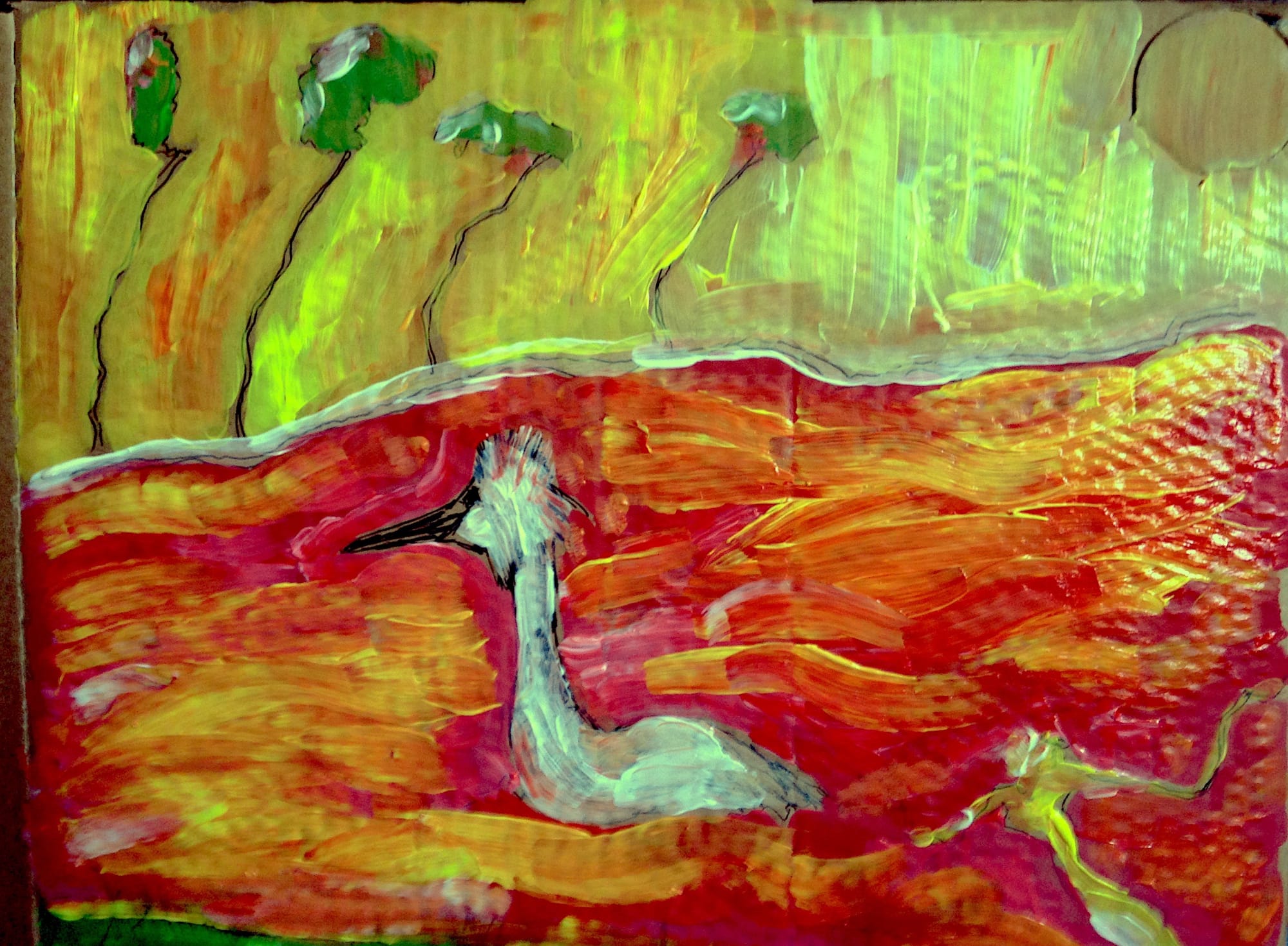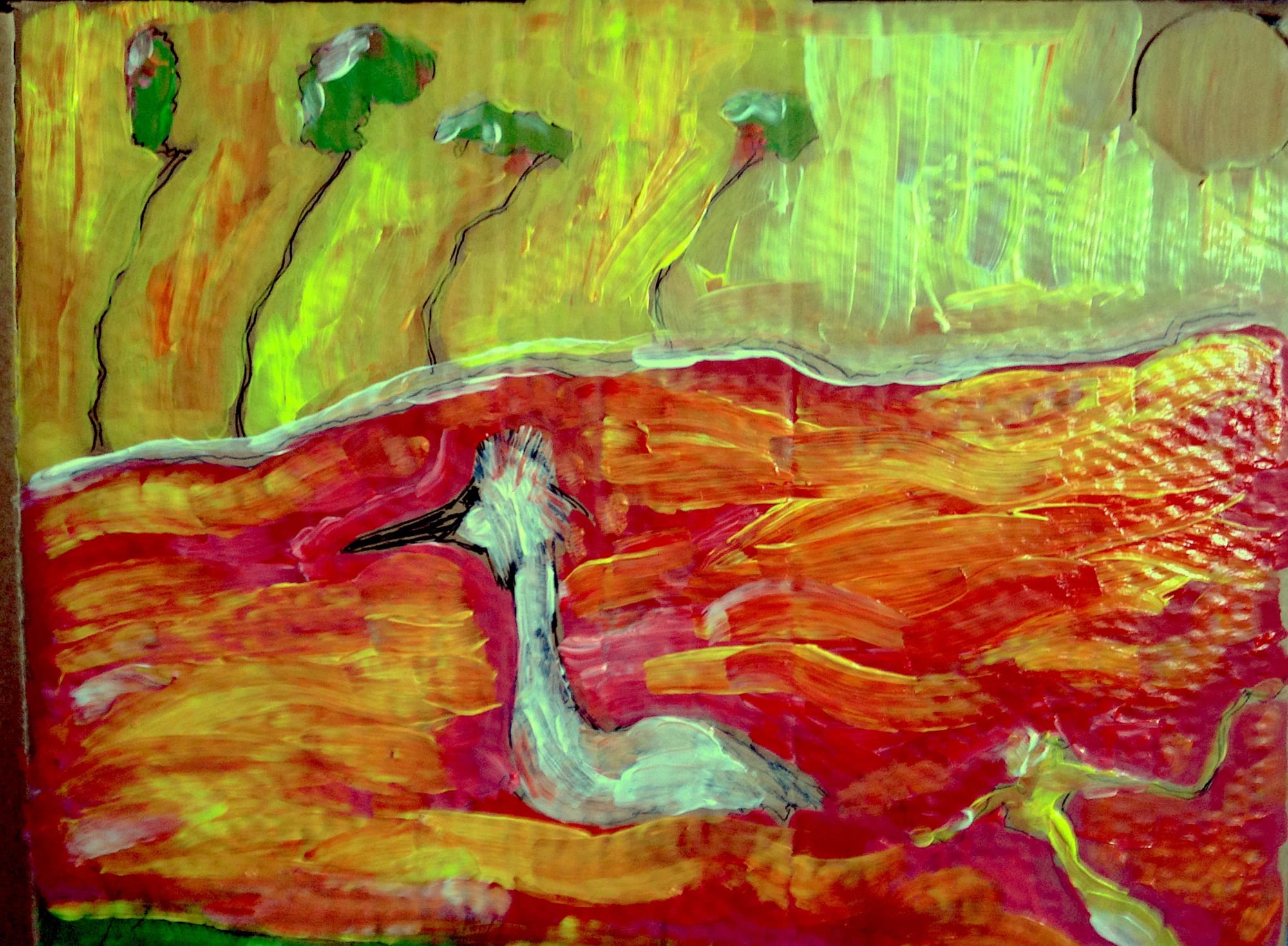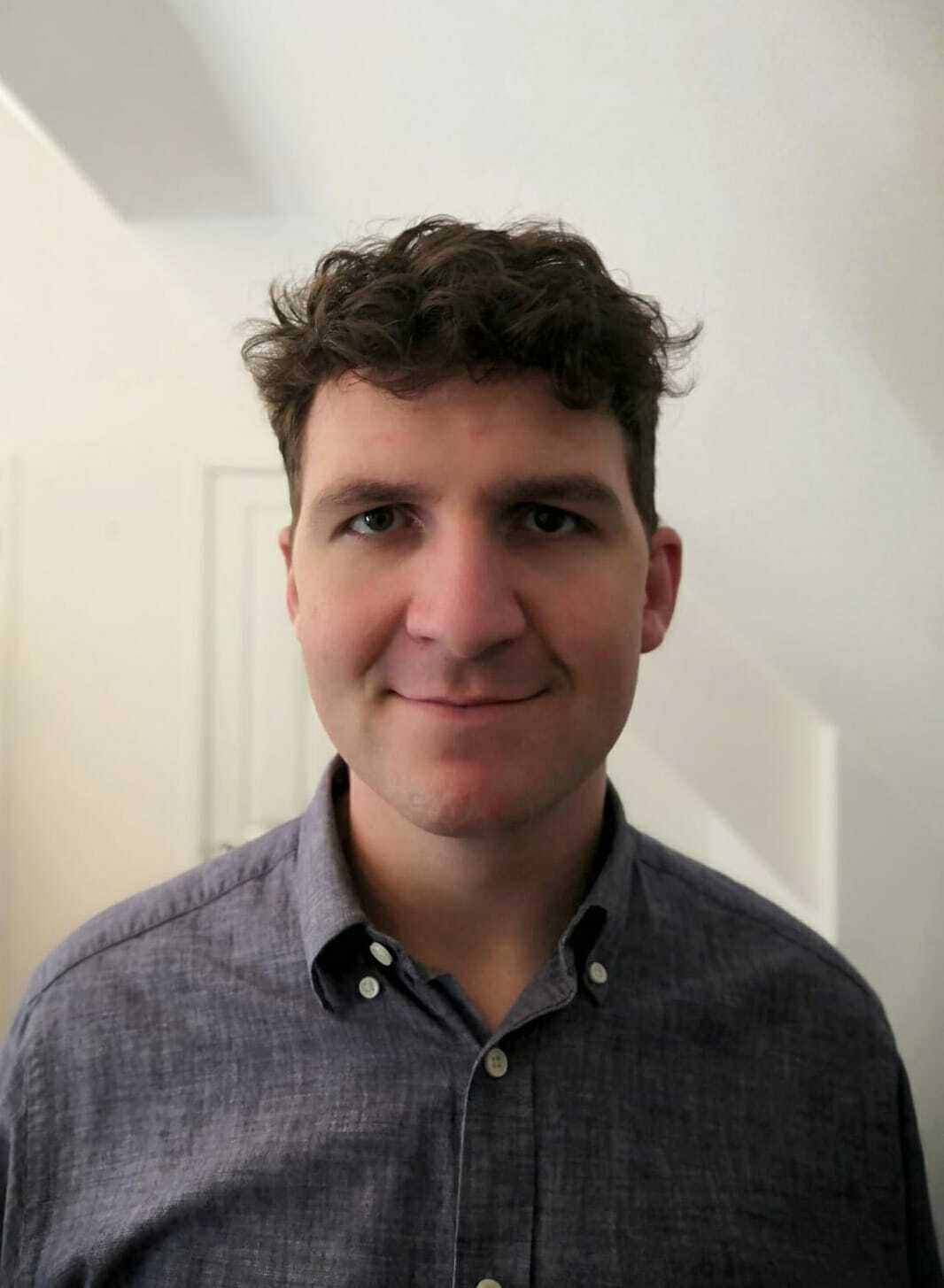Distinguishing Descriptions

By Matthew Simpson

While watching this marvellous conversation – and trying to banish thoughts of Jonathan Miller and Alan Bennett discussing Hegel’s Moral Doubts and the unfetched slab – I was interested to see Strawson and Evans grappling with a problem that, fifty years later, is still being addressed by philosophers though using quite different terms. To see the problem, start with the fact that some statements, for instance ‘the cup is on the table’, seem to describe things in the world around us. There are also statements that clearly do not do this, including questions like ‘what is the time?’ and exclamations like ‘ouch!’. Let’s say that statements of the first kind are genuinely descriptive– they clearly aim to describe things in the world, and can be true or false – and statements of the second kind are non-descriptive – they clearly do not aim to do this, and cannot be true or false.
The problem Strawson raises is, in effect, whether we can make sense of a third category of statements. Strawson’s examples are mathematical and moral statements, though philosophers have discussed plenty of other cases – causation, possibility and necessity, probability, knowledge, even truth itself. These are very difficult to treat as genuinely descriptive: it is hard to see what things or facts they could describe. Instead, Strawson suggests, we should see these statements as having “a different role in our lives from that of stating or purporting to state how things are in the world”. But this seems to entail that these statements cannot be true or false – a consequence Evans rejects out of hand. These statements are not like the clearly non-descriptive statements above. Ordinary speakers apply truth and falsehood to them, and in general treat them in roughly the same way as genuinely descriptive ones.
So the challenge is whether we can salvage the idea that these statements have a different role to genuinely descriptive ones, and yet are not simply non-descriptive. Call these loosely descriptive statements, to distinguish them from our two previous categories. Strawson thinks we can identify them using different senses of truth: genuinely descriptive statements can be true in a way loosely descriptive statements cannot, though the latter can be true in a way that non-descriptive statements cannot. Evans rejects this in favour of Ramsey’s “thin” view of truth as a single concept, applicable to all kinds of statements.
Here is another way to meet this challenge, first suggested by Jamie Dreier. Imagine we wanted to specify all the facts about when certain kinds of statements are used – what circumstances they are used in, what states of mind speakers are in when they utter them, what causes speakers to use them, and so on. In some cases, it seems likely that we couldn’t complete this task without mentioning the things in the world these statements are about. We couldn’t explain English speakers’ use of the word ‘chair’ without mentioning chairs and speakers’ interactions with them. This means we can conclude that the role these statements have is to bear some relation to a distinctive subject matter – in this case chairs.
In other cases, perhaps we can explain statements’ use without mentioning the things they are about. For instance, philosophers like Simon Blackburn and Allan Gibbard think we can explain statements like ‘stealing is wrong’ without mentioning wrongness, instead only appealing to speakers’ attitudes towards stealing. We can then conclude that the role of these statements is not to relate us to a special subject matter, in this case wrongness.
This lets us explain the difference between genuinely and loosely descriptive statements. Loosely descriptive statements are those that speakers treat as descriptive, but whose use can be explained without appealing to a special subject matter they are about. Genuinely descriptive statements are those that can only be explained in terms of a distinctive subject matter. Both kinds of statement are nevertheless descriptive, and can be called ‘true’ in the same sense of that word.
I think something like this is the right way to understand the difference between genuine and loose descriptions. It is not dissimilar to Strawson’s idea of relating mathematical statements to counting practices but not to numbers. However, later in the conversation Evans raises a new question, about the “demarcation of the class of truth-bearing utterances”. In our terms, Evans is asking what distinguishes descriptions – genuine and loose – from clearly non-descriptive statements, like questions. This is different from our previous question, which only concerned the difference between genuine and loose descriptions. But it is just as important. For we need to explain why speakers treat loose descriptions as descriptions at all, and why it is legitimate for them to do so. We can only do this if we know what a statement has to be like to be descriptive at all.
Evans eventually suggests that only statements which can be believedcan in our terms count as descriptions. Strawson is sceptical: won’t we face similar problems for belief as we did with truth? I think Strawson’s point is right as applied to our original problem. As Dreier himself notes, belief won’t distinguish loose and genuine descriptions, because it makes perfect sense to think of someone believing a mathematical or moral statement. But that doesn’t mean it can’t help us distinguish descriptions from non-descriptions, which is Evans’s focus here. In whatever sense in which we can believe mathematical statements, we still cannot believe utterances like ‘what is the time?’ or ‘ouch!’.
The question that remains is why non-descriptive statements cannot be believed in any sense at all, though loose descriptions can. The answer requires an appropriate theory of belief. A promising starting point for this, defended by Gibbard, is disagreement: only states that can be disagreed with can count as beliefs. This would prevent puzzlement about the time, or a headache, from being beliefs. A full theory of belief, together with Dreier’s view, would allow us to make our distinctions between the genuinely descriptive, the loosely descriptive, and the non-descriptive, without coming into conflict with Ramsey’s thin conception of truth.

ABOUT THE AUTHOR
Matthew Simpson is a Teaching Fellow in Philosophy at University College London. From October 2020, he will be an Isaac Newton Research Fellow at Robinson College, Cambridge. He works primarily on philosophy of language and metaphysics, especially where these intersect with metaethics.